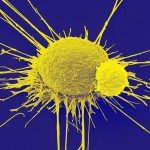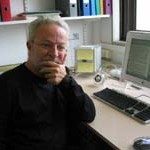Lien vers Pubmed [PMID] – 15826829
Semin. Immunol. 2005 Jun;17(3):239-49
A system under homeostatic control tends to maintain its structure and functions by establishing dynamic equilibriums controlled by multiple regulatory mechanisms. We have shown that this is the case for immune system. Several different mechanisms seem to participate in the homeostatic control of T cell numbers and population distribution. In other words, besides a quantitative dimension, there is also a qualitative dimension in T cell homeostasis. This is achieved through competition by driving the specialization of sub-populations of lymphocytes to occupy specific niches in the peripheral pool and by developing independent homeostatic mechanisms for each particular cell sub-set. Thus, the sizes of the naïve and memory T cell compartments are governed by independent homeostatic mechanisms, which preserve the capacity to deal with any novel infection (conferred by the presence of naïve T cells) whilst ensuring the efficacy of memory responses when dealing with recurring antigens. Peripheral T cell homeostasis also depends on the integrity of sub-population structure and the presence of regulatory CD4+ CD25+ T cells. The indexation of regulatory CD4+ CD25+ T cell numbers to the numbers of peripheral activated CD4+ T cells is another mechanism of homeostasis that has major advantages in the control of immune responses. It ensures continuous regulation of T cell numbers throughout immune responses, allowing for increases in cell numbers as long as the proportion of CD4+ CD25+ regulatory T cells is kept.


